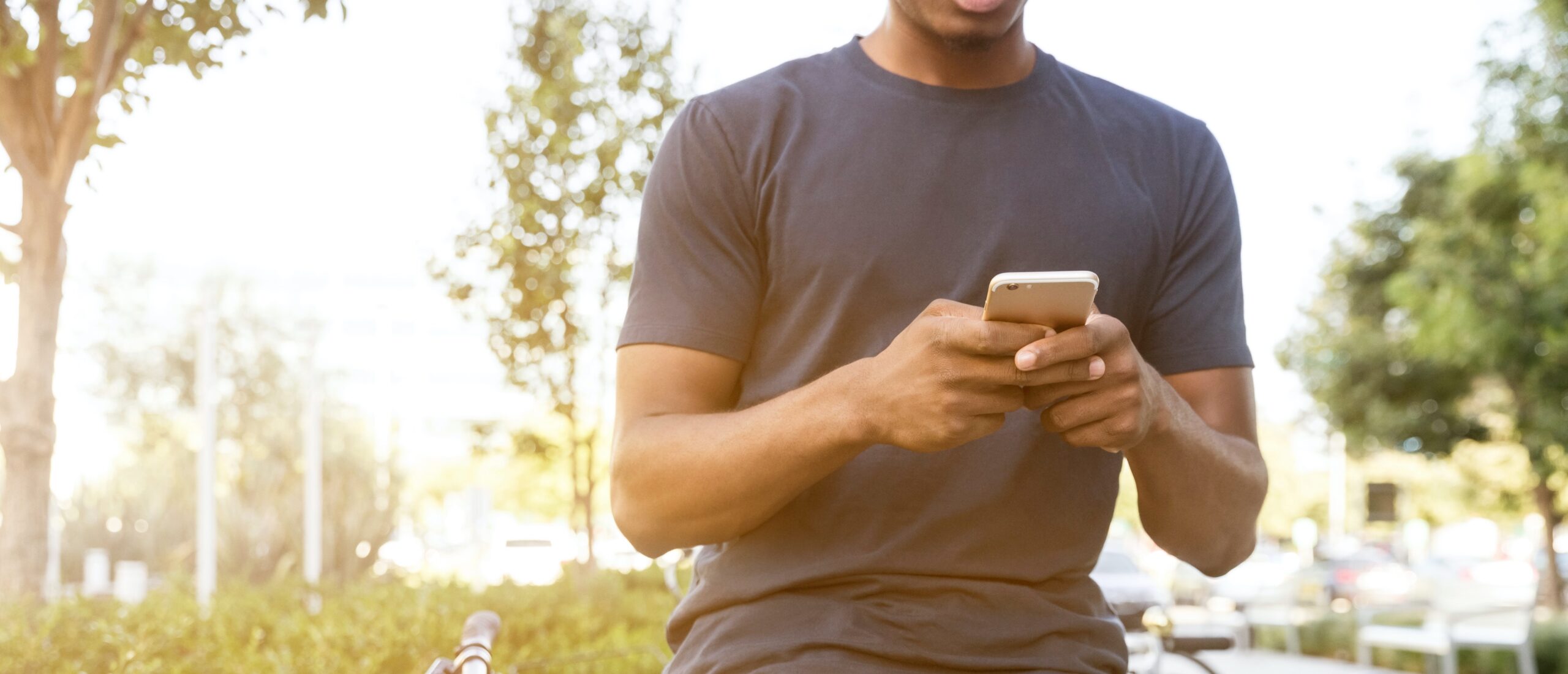This is Part 4 of a 7-part series. Check out the full series below.
- Part 1: Why Text Marketing
- Part 2: List Growth Strategies & Consent
- Part 3: Segmentation Strategies
- Part 4: Campaigns & Automations (You are here)
- Part 5: Composing Great Messages
- Part 6: Measuring & Improving Results
- Part 7: Now What?
Hey. It’s me again.
You’ve made it to Lesson 4! I hope you’ve been enjoying and getting a lot from these emails.
As a refresher, we’ve talked about the value of text marketing, we’ve talked about compliance and list growth, and we’ve talked about segmenting that list so that you’re sending more relevant messages.
Today, we’re building on that foundation with a detailed dive into text campaigns and automation.
To start with, I’m going to define what I mean when I use each of those terms.
When I call something an automation, I’m referring to messages that are sent when triggered by an action of the subscriber.
Some examples of automations with health and beauty brands are:
- Welcome Flow
- Browse abandonment
- Cart abandonment
- Post Purchase
- Customer Winback
Some examples of campaigns with health and beauty brands are:
- One-time Sales
- Restock alerts
- Product launches
I’m not going to get into the details about specific copy for each automation or campaign, but I did want to dig into why you want both, as well as how and when to use each type.
Let’s start with automations.
Automations = Revenue on Autopilot
The beauty of automations is that you can set them up once and they can earn you revenue on autopilot.
Not only that, but they allow you to scale the results you can get from text marketing.
Let’s get into some examples.
Welcome Flow
A welcome flow is designed to onboard a new subscriber into your health or beauty brand. They are the best fit for your new subscriber segment that isn’t necessarily a customer yet.
The goal of a welcome flow is to familiarize your audience with the transformation you can provide, show some evidence, and then invite them to take the first step. By delivering it over a series of messages, you can build each message on the insights delivered in the prior message.
Browse abandonment
A browse abandonment flow is designed to re-engage visitors who subscribed and who’ve viewed some products in your cart before ultimately leaving. The abandonment message invites them back, usually with some sort of offer.
The goal of a browse abandonment flow is to bring them back to the site, and give them another chance to purchase what they showed some interest in.
Cart abandonment
Similar to browse abandonment flow, a cart abandonment flow re-engages visitors who got even closer to completing a purchase with an offer of some sort.
The goal of cart abandonment is to use your more focused data on their desired item to send them a more focused offer to drive them to purchase.
Post Purchase
A post-purchase flow is designed to walk alongside your new customers. They typically include an order confirmation, shipping notifications, and follow up reminders to leave a review or learn more about the brand.
The goal of the post-purchase flow is to keep your brand top of mind while they wait for their order and drive more affinity with the brand in that time.
Customer Winback
Finally, the customer winback flow is designed to target your subscribers who have potentially purchased one or more times but who haven’t purchased in a while and are at risk of completely disengaging with your brand.
The goal of a winback automation is to reactivate those customers and get them back into the cycle of purchasing.
As you can see, automations are typically a series of emails with a particular goal but that can help you capture revenue, deepen your customer relationship, bring back a customer and reduce list churn.
The real benefit with automations as well is that they allow you to set them up once, and then focus on your one-off campaigns.
As a side note, you’ll want to revisit your automations from time to time and optimize them further based on what you learn from your one-off campaigns, but they should definitely be a priority.
Campaigns = Bursts of Revenue
The second type of messages that I’m going to talk about are campaigns.
Campaigns are ‘event’ based messages that alert your audience to some relevant occasion for contacting them.
Is there a special sale that you’re running for a limited time? Send a campaign.
Did you have a product that went out of stock and now it’s back? Send a campaign.
Are you launching a new product? Send a campaign.
There are many more occasions you could probably come up with and most folks are familiar with conventional campaigns so I’m not going to spend a ton of time here.
However, one key thing I want to note here is that it is very important to combine your campaigns with segmentation.
One mistake we see being made time and time again is brands sending their latest campaign to their entire list.
Instead, think about your campaign strategy in this order.
- What segment do I need to focus on today?
- What is a relevant promotion to that segment?
- What is the best message to deliver that promotion to that segment?
So there you have it, automations and campaigns and how they work together.
Tomorrow, we’re going to get into the next building block of this process, composing great messages.
We have some great content to share there so you won’t want to miss it.
Looking forward to seeing you then.
David
P.S. If you need a hand with your automations or campaigns, let me know.

